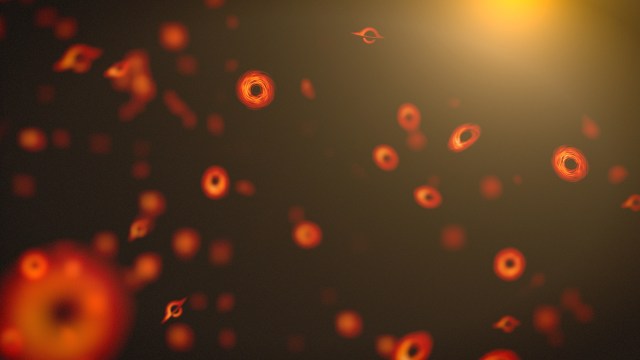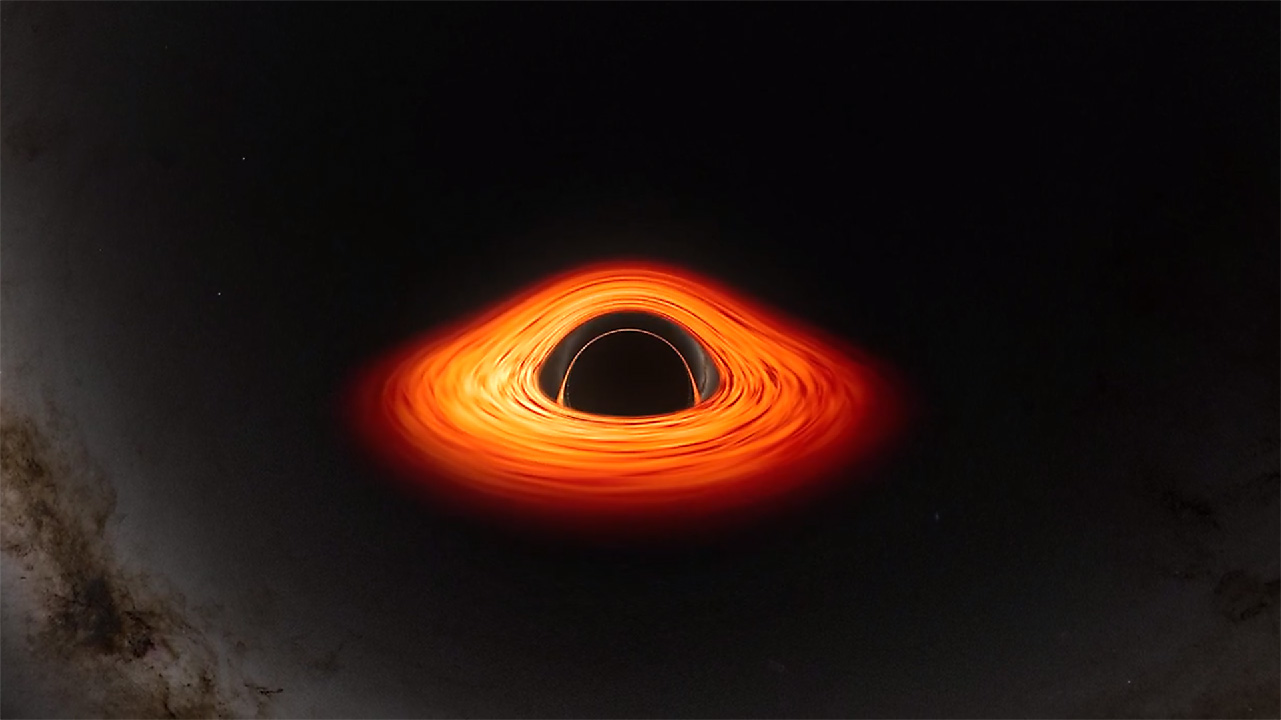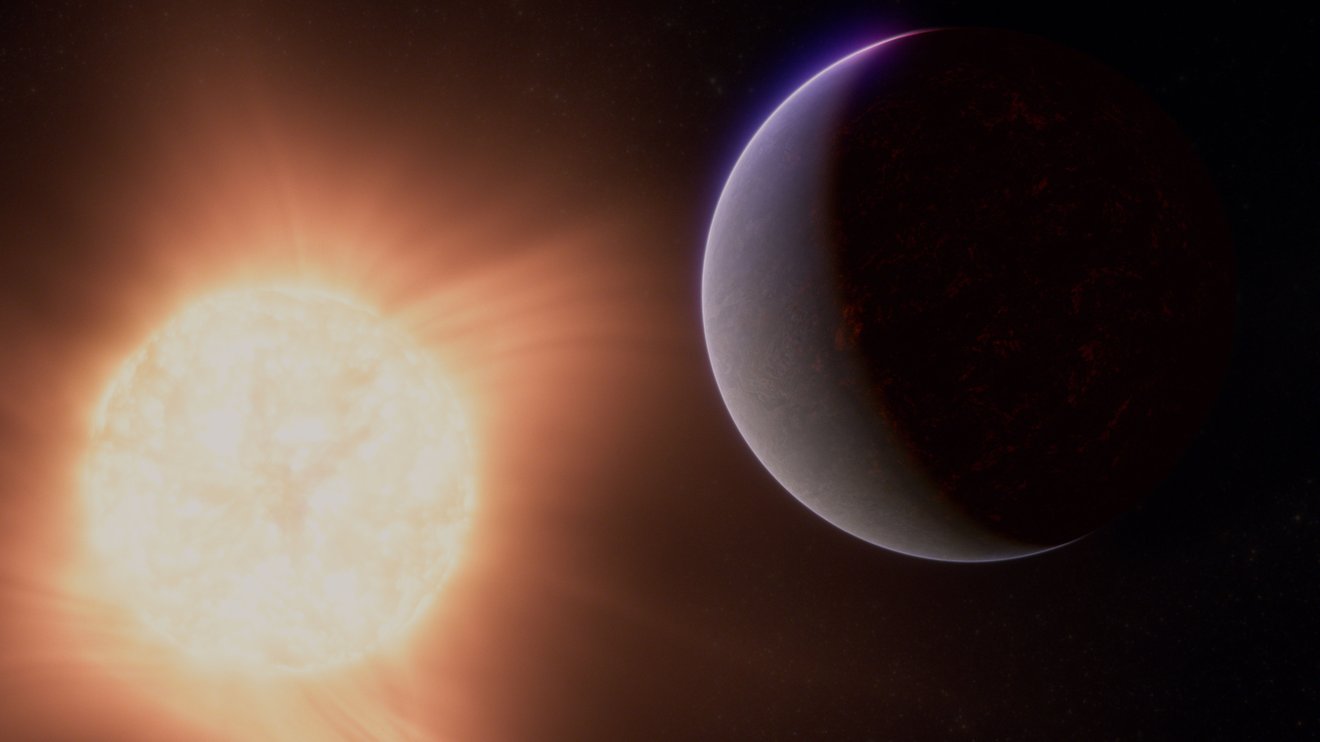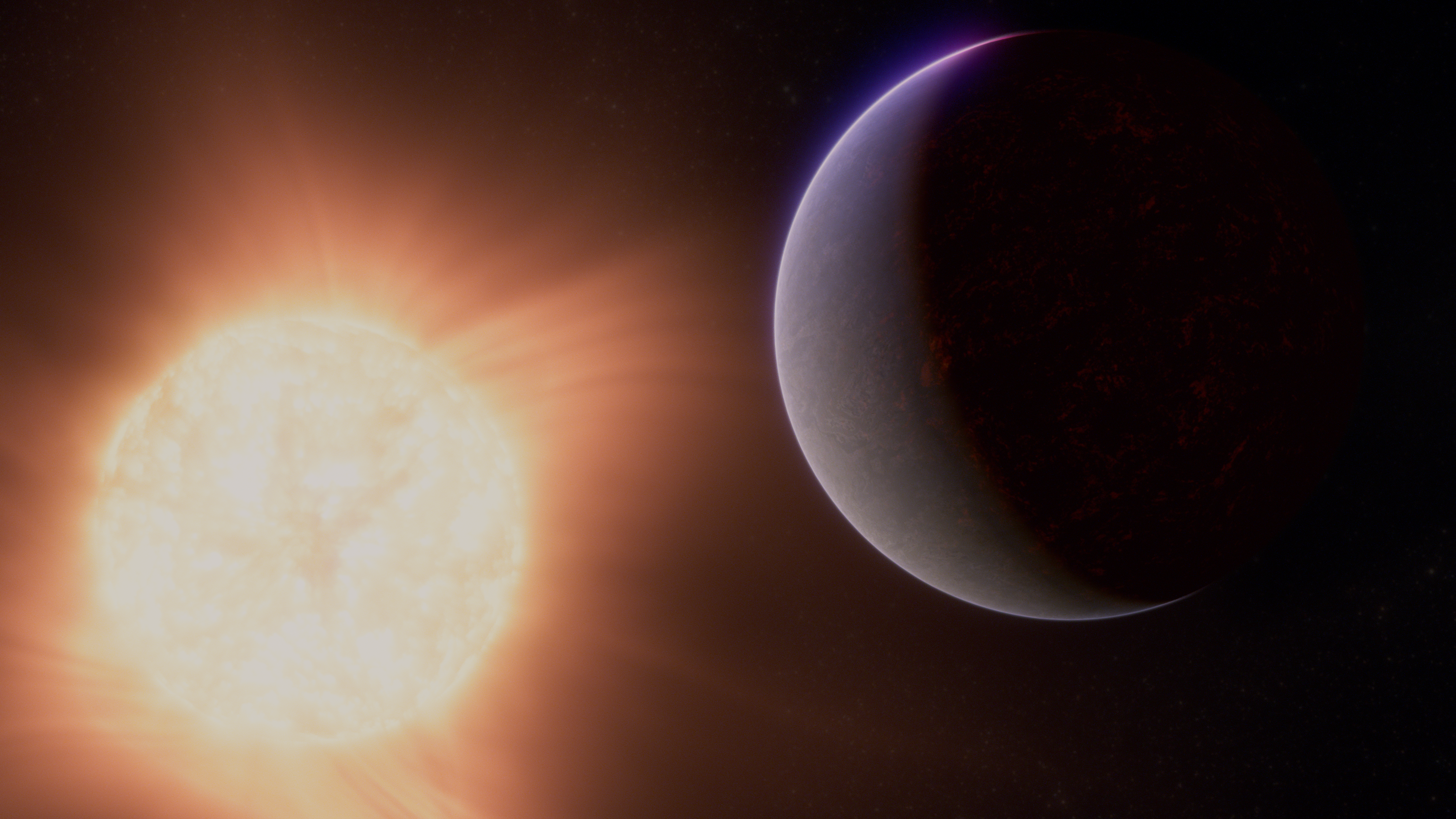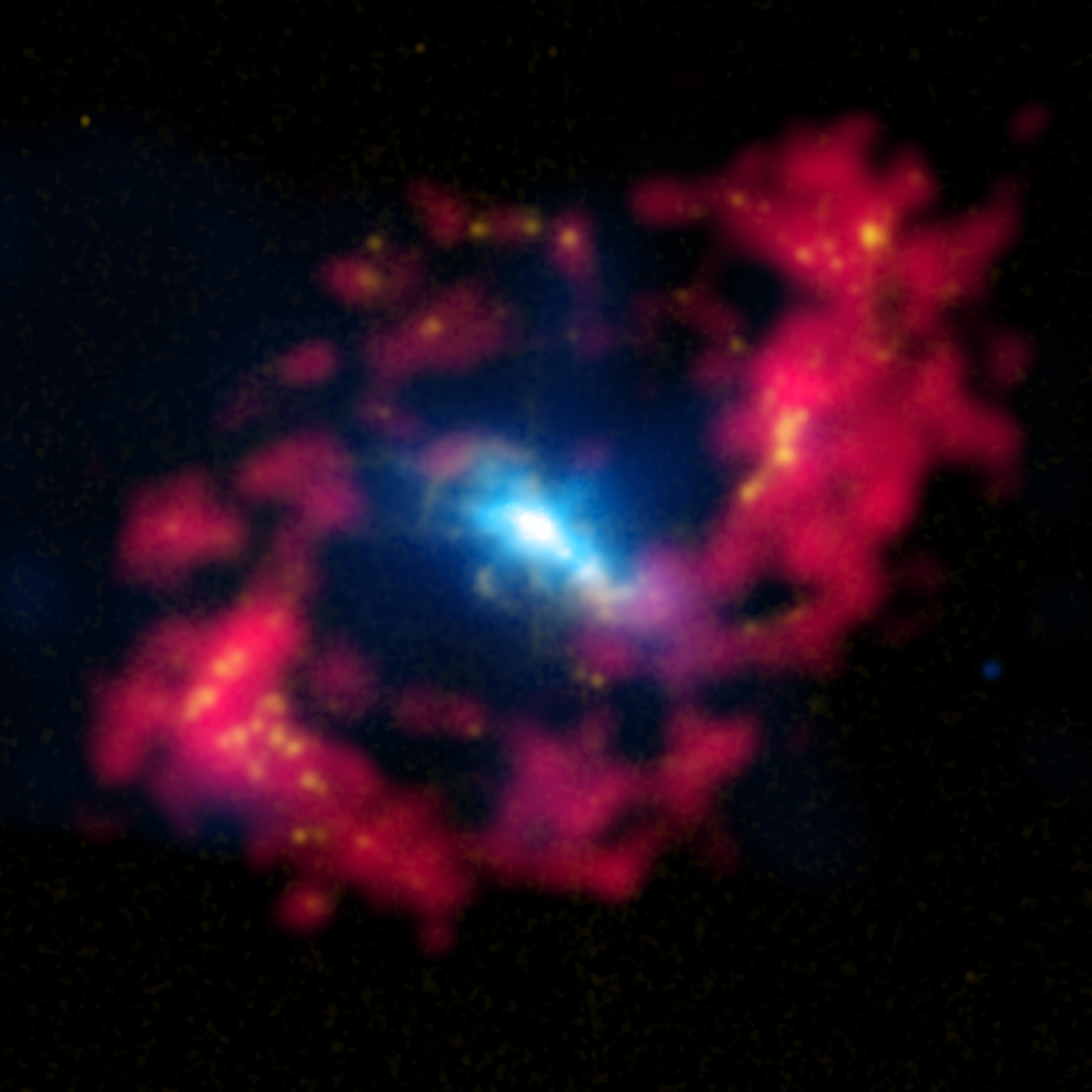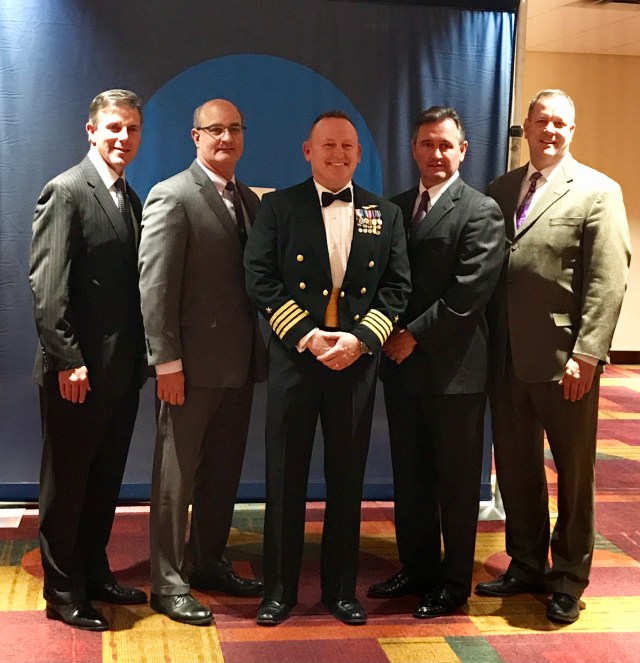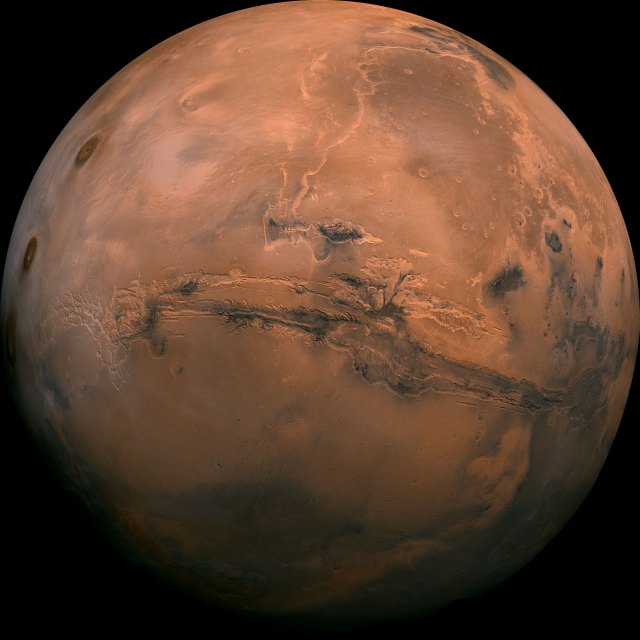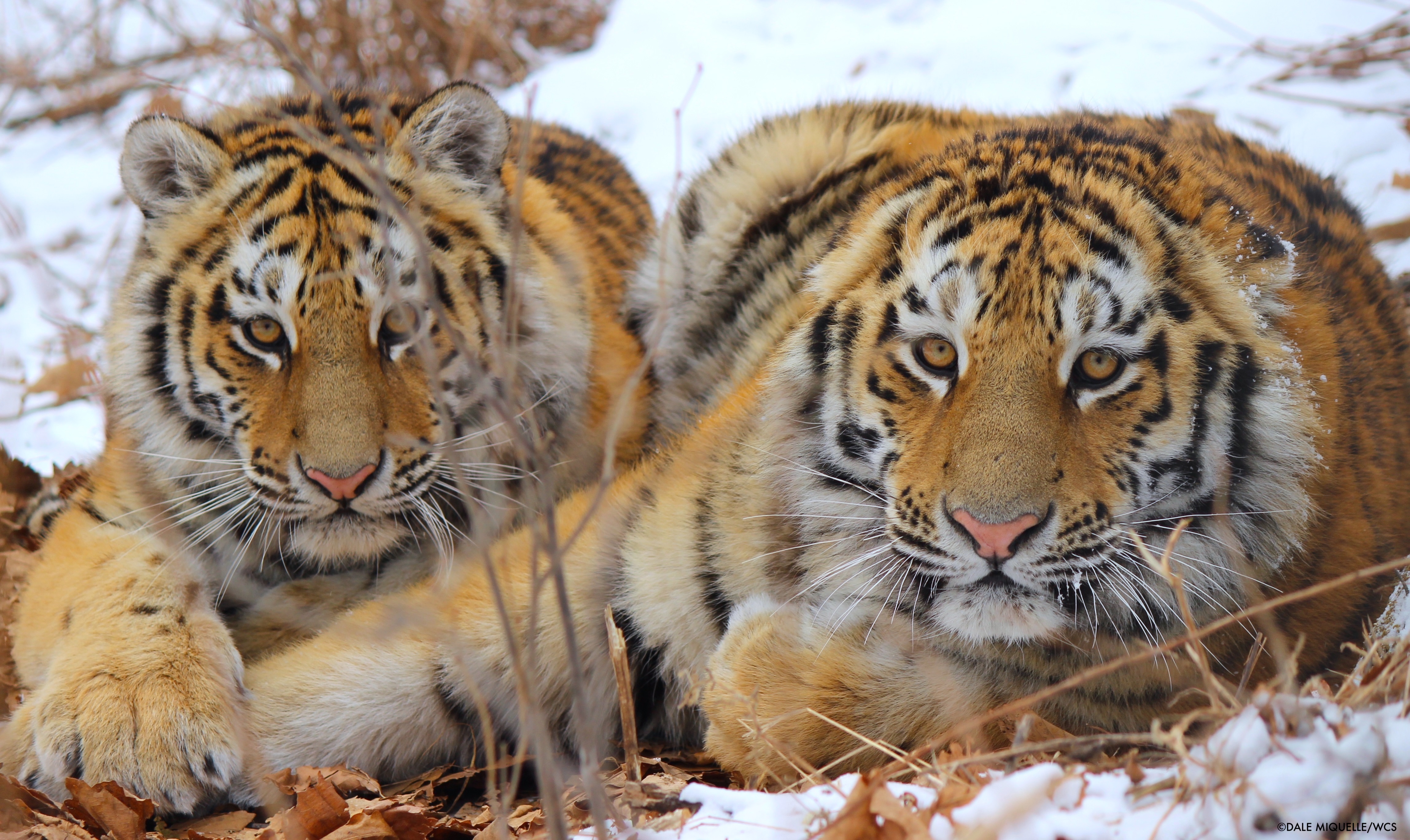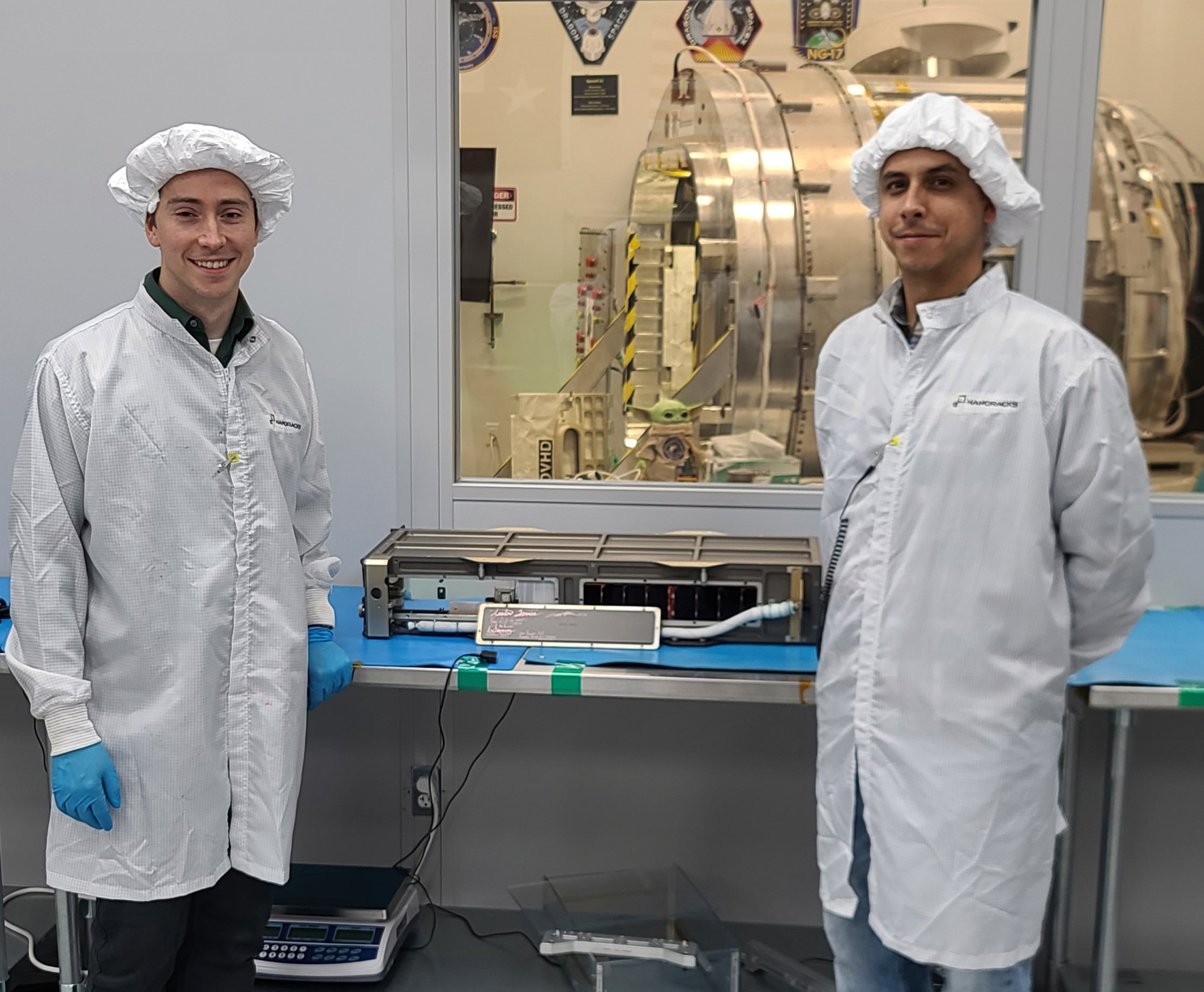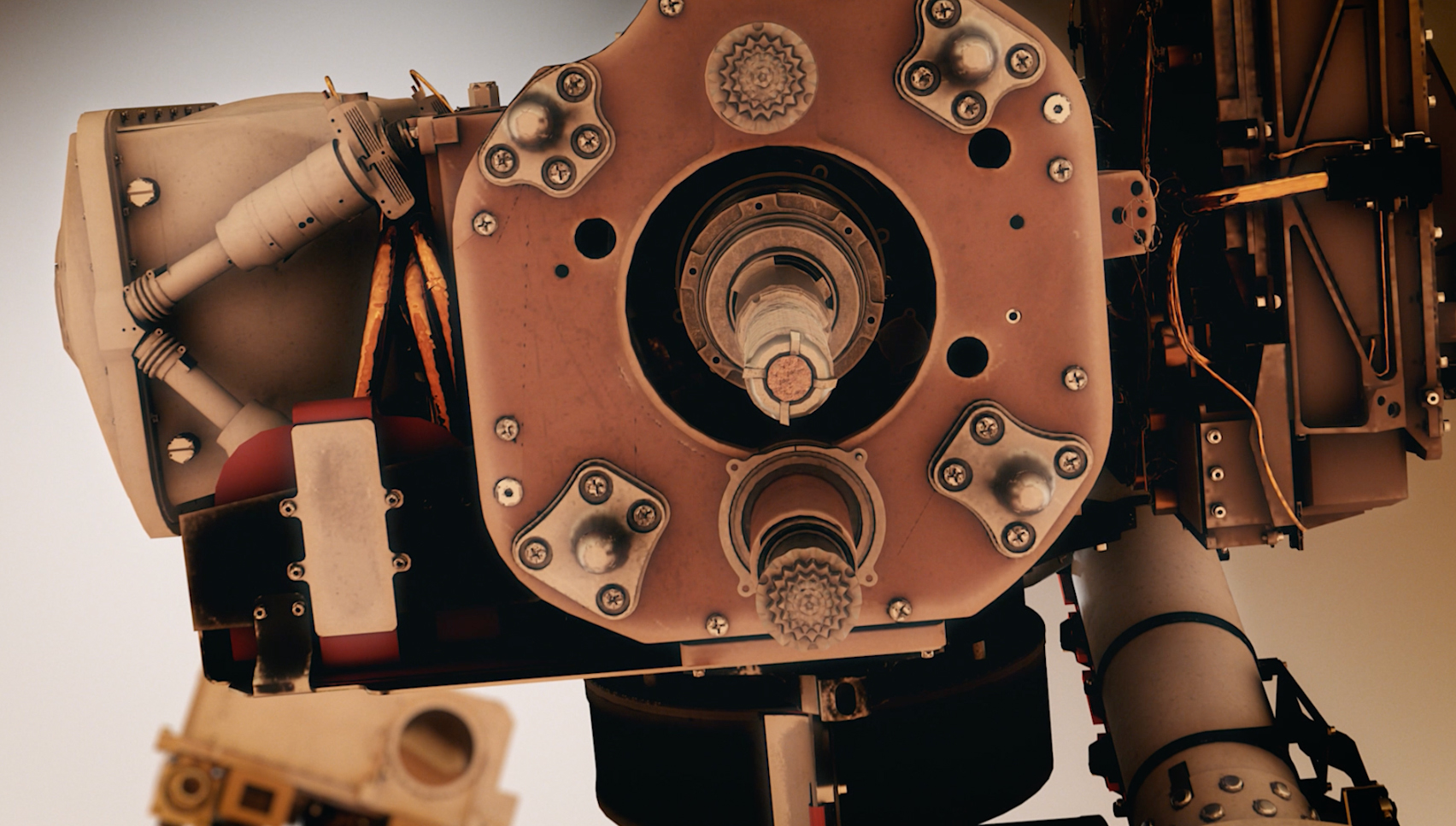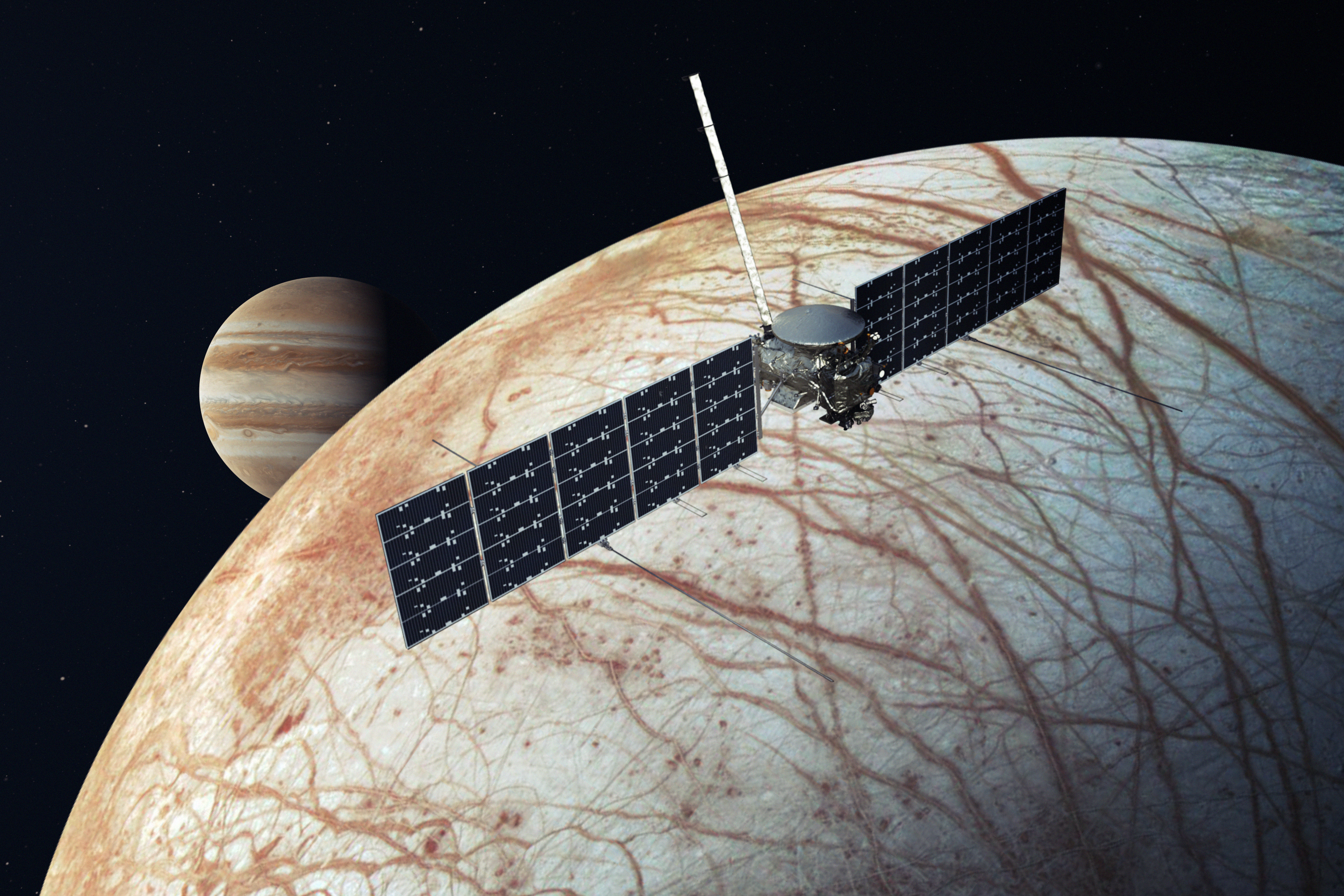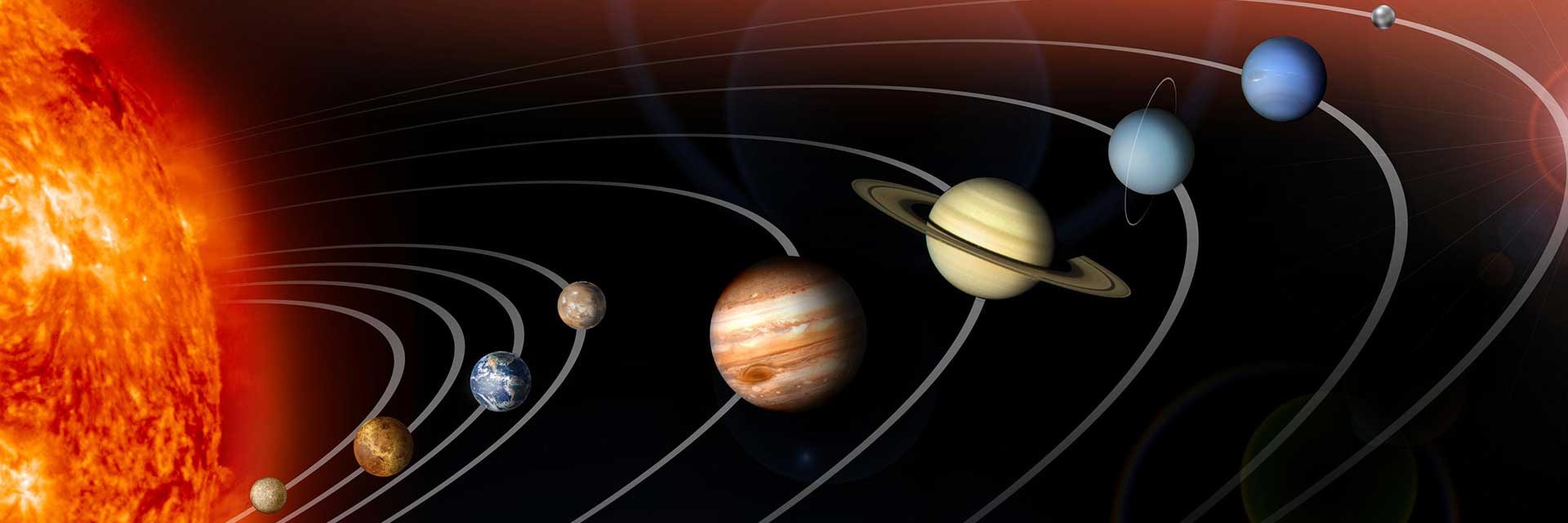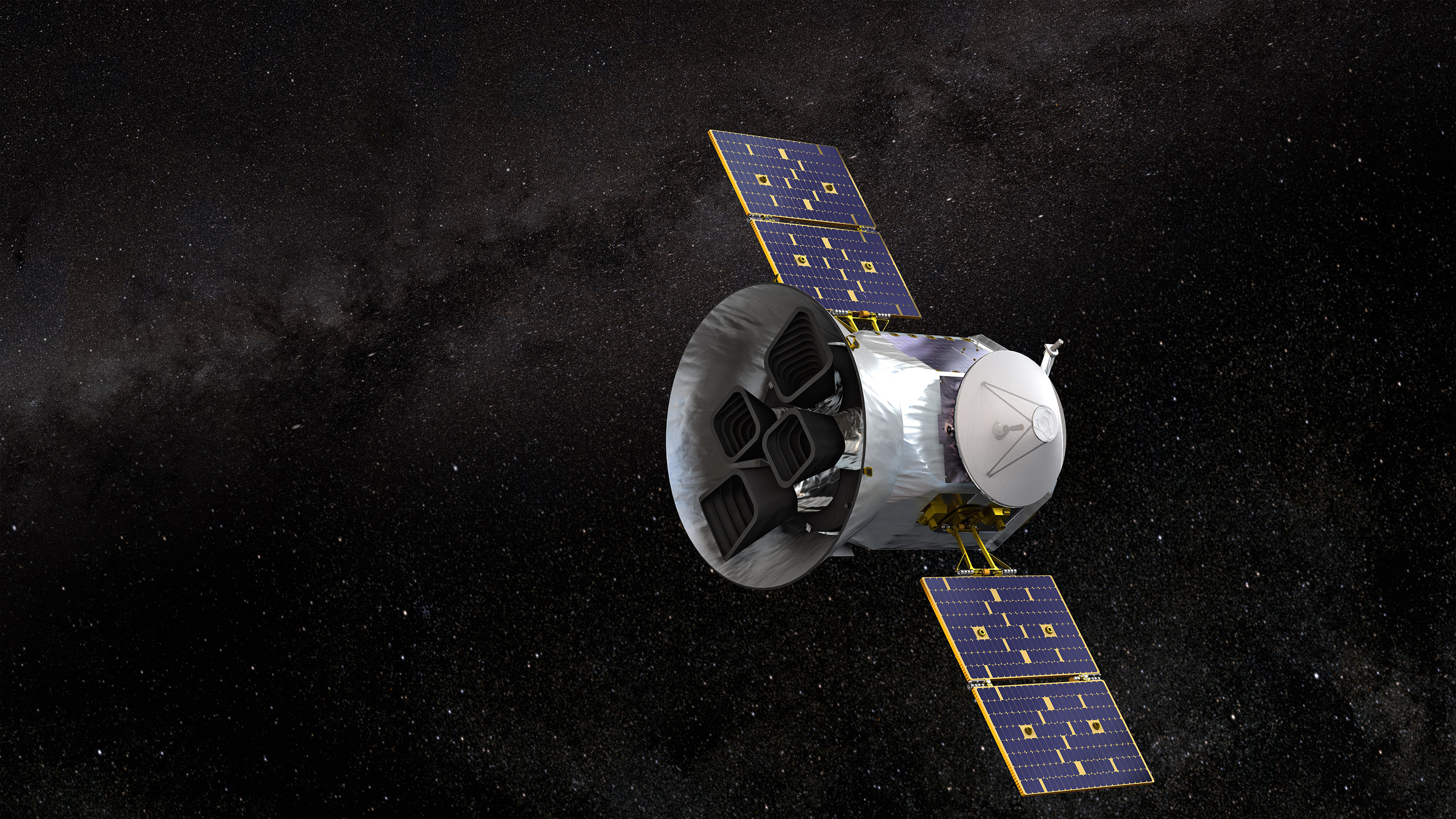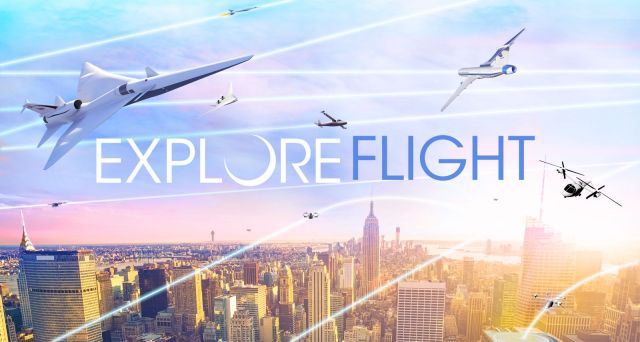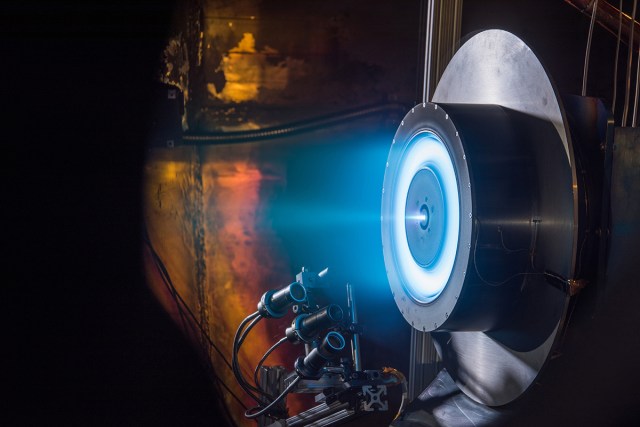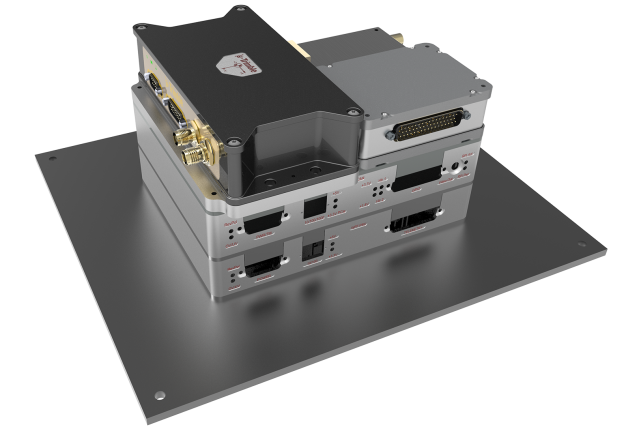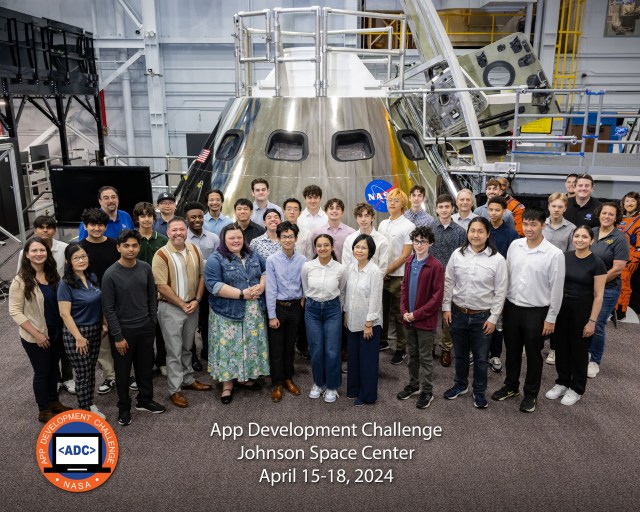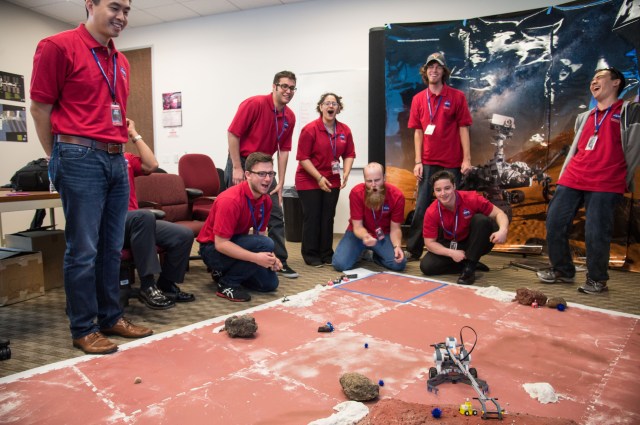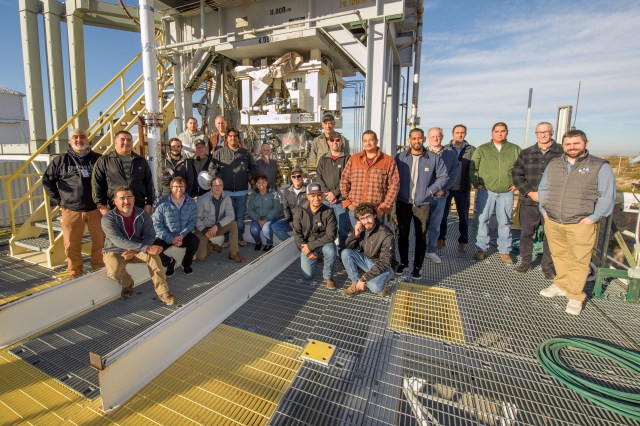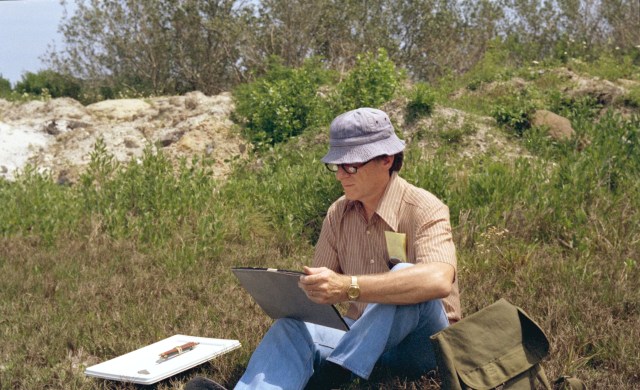TELL ME ABOUT YOURSELF. WHAT IS YOUR BACKGROUND/TRIBAL AFFILIATION/EDUCATION?
Halito (hello in Choctaw). My name is Powtawche Valerino, and I am a guidance engineer who works for Aerodyne Industries at the NASA-Marshall Space Flight Center. In particular, I support NASA’s Space Launch System program on the Engineering and Science Services and Skills Augmentation contract. I obtained an undergraduate degree in mechanical engineering from Stanford University, and a masters and doctoral degree in mechanical engineering with a specialty in aero-astronautics from Rice University. I am half African-American and half Native-American (Mississippi Choctaw), and was born in New Orleans, LA.
HOW HAS THIS SHAPED YOU PERSONALLY AND PROFESSIONALLY?
I spent my formative years on the Choctaw Indian reservation in Philadelphia, MS, and in Missoula, MT, where I loved playing outdoors, watching farm animals, and observing everything around me. I believe living in these settings motivated me to explore and respect nature. I enjoyed reading the stories behind constellations that filled the sky and once dreamed about becoming an astronomer. Even now, I still like to study how various indigenous tribes utilized and interpreted the placement of stars for navigation and seasonal activities. I completed elementary, middle, and high school in New Orleans, LA where I continued to develop my passion in science, and received encouragement and mentorship from many outstanding teachers and staff. This passion lead me to participate in organizations and activities that promoted the study of science, technology, engineering, and math disciplines. The interests I developed as a kid definitely influenced the school and work activities I pursued. My earliest memories that I connect to my indigenous heritage include hearing my grandmother speak Choctaw to me (she spoke no English), and dancing at inter-tribal powwows in Montana. I believe it is because of these experiences I can easily relate to the students I talk to during my current outreach activities.
WHAT IS YOUR FAVORITE THING ABOUT WORKING FOR NASA?
Fortunately, I have had exposure to four different NASA facilities either through internships or full-time employment (i.e. Stennis, Johnson, Jet Propulsion Laboratory, and Marshall). Without a doubt, each NASA center’s unique mission, personality, heritage, and expertise makes working for NASA profoundly rewarding. I am humbled to be surrounded by the legacy made by my engineering predecessors and peers who’ve sent space probes to deep space and humans to the moon. I can easily share several prideful moments from each of my assignments. The engineering challenges and joys that I have experienced at each center are what keeps me working in space industry. I appreciate that NASA encourages outreach because I enjoy sharing these moments with students.
YOUR THOUGHTS ON STEM VERSUS STEAM (Science, Technology, Engineering, Arts, and Math) EDUCATION?
While I was in 6th grade, my elementary school organized a school-wide assembly where musicians showcased their instruments to all the students. It was my first time seeing and hearing so many brass, wind, and string instruments up close. After listening to a musician perform rich low tones so confidently on the cello, I imagined myself playing the cello too. As a result, I started to take the cello lessons that was offered at our school. Playing the cello in school and community orchestras has allowed me to travel or perform with many people from different backgrounds. For this reason, I am a strong advocate for the education of science, technology, math and the arts in school. If having access to instruments impacts other students as it did me, kids would have more opportunities to engage with a broader group of people and to gain greater understanding of the world. Also, art can be used to solve problems or convey ideas, especially in science and engineering. It is very common to meet engineers and scientists who happen to be accomplished musicians and artists as well.
Similarly, my Choctaw heritage has always incorporated art and creativity for tools used in daily activities. For example, the combination of function, art, and use of natural resources are what make hand-woven Choctaw baskets so beautiful and ingenious. Choctaw baskets are made of swamp or river cane reeds. They can be woven tight enough to be used as corn or flour sifters, and even tighter to hold water. Several of my relatives are artists or have hobbies in the creative arts (e.g. beadwork, visual art, and music), and I learned to appreciate the creative process by observing them. I discovered that patience and practice are very important in developing a particular skill, so I applied that to my studies in school, as well as my hobby as a cellist.
WHAT ADVICE WOULD YOU GIVE TO YOUNG NATIVE AMERICANS SEEKING A CAREER IN A STEM FIELD?
If you live on a reservation or in a rural setting, finding resources to help you explore the STEM fields can be difficult. In addition, staying focused in STEM subjects can be challenging if you don’t have access to family or friends that can assist you with your goals. This is why it is imperative that you seek help from a larger community. Reach out to teachers and school counselors who can connect you to science and engineering camps. Network with professional science and engineering organizations like AISES, SACNAS, AIAA, and ASME, and attend their meetings or conferences. Talk to professionals about their work and what they did to get there. Try to find mentors to connect with. Get a solid foundation in math and physics because these are the building blocks for any field in engineering. Don’t be afraid if these subjects are hard in the beginning. Ask questions in your classes, and don’t be afraid to get help with understanding concepts. Try to apply for an internship to gain insight on what a particular profession entails. Lastly, don’t give up!

